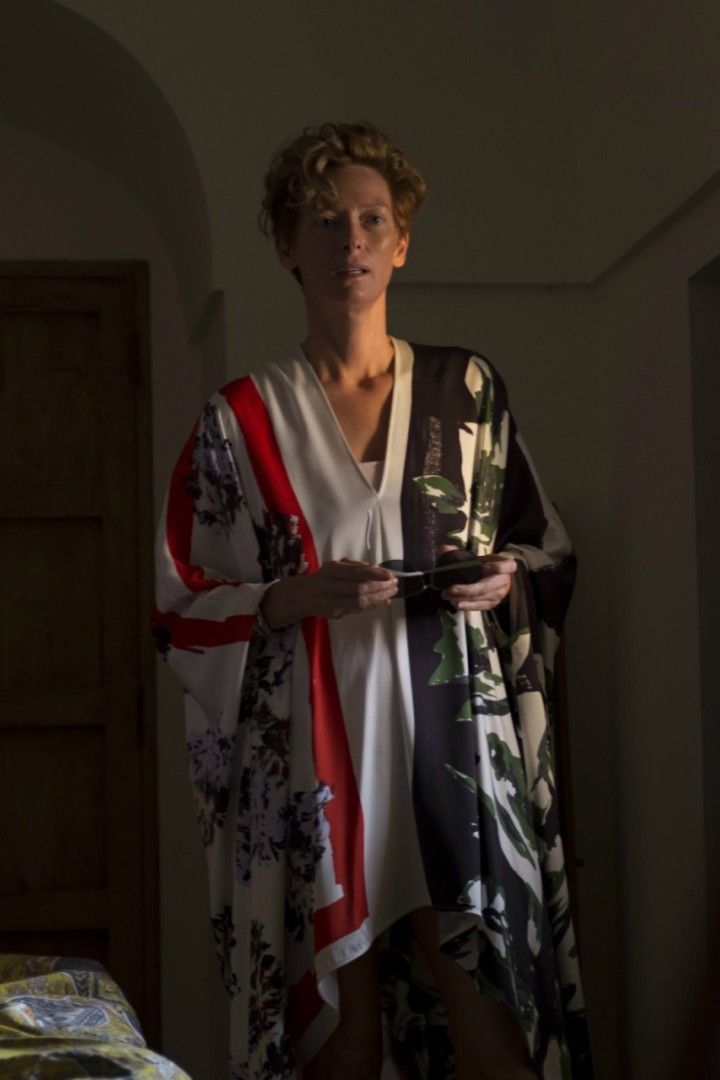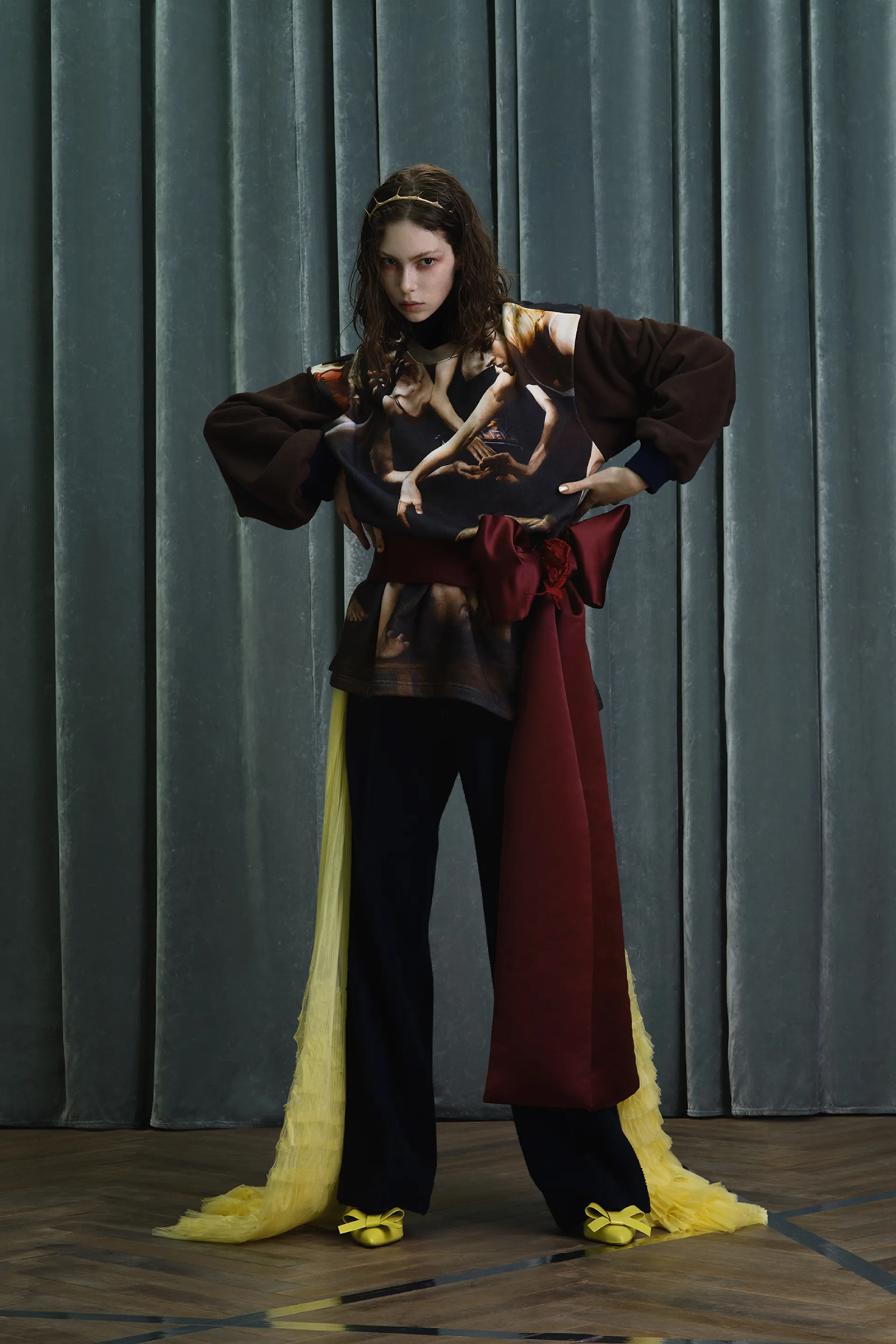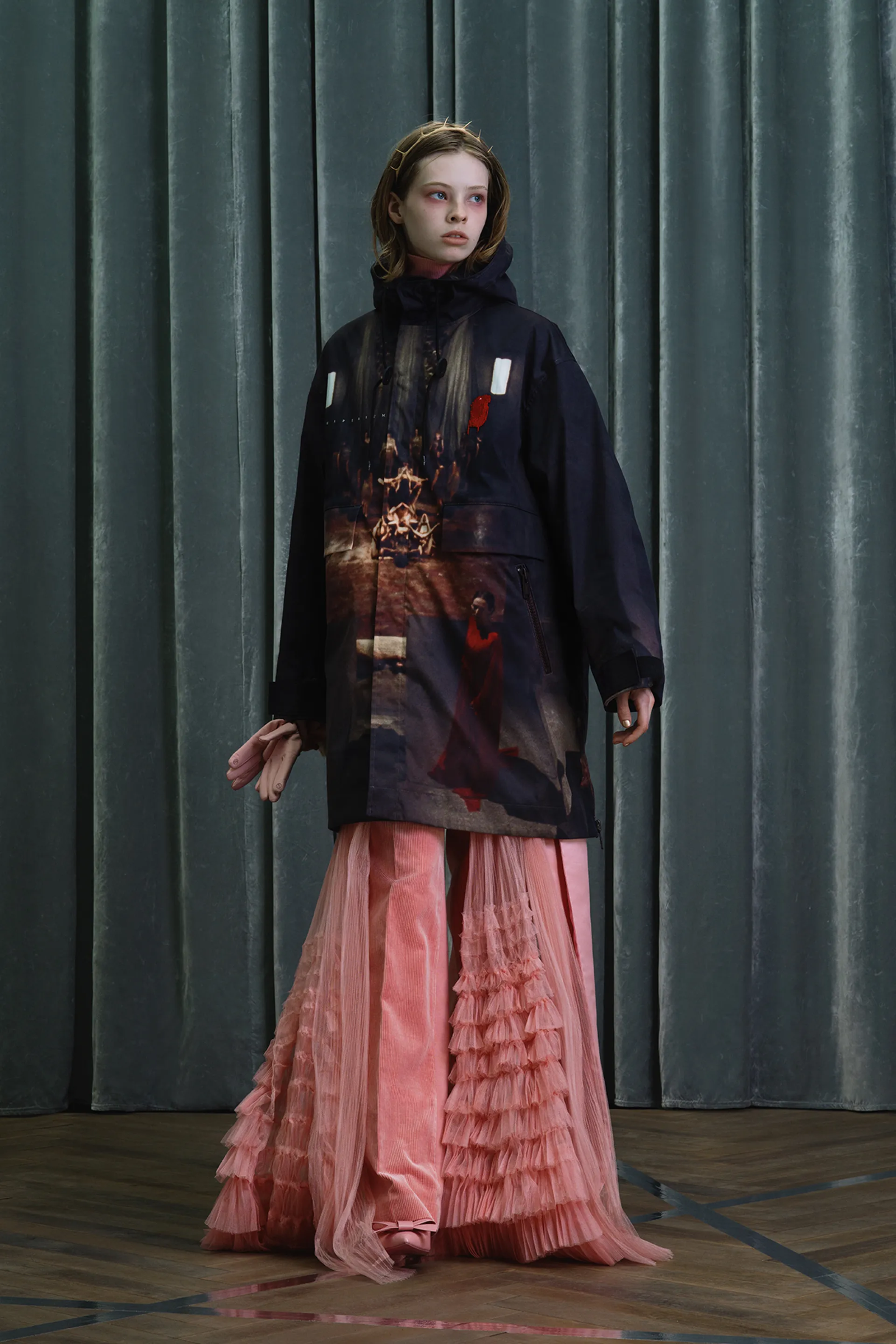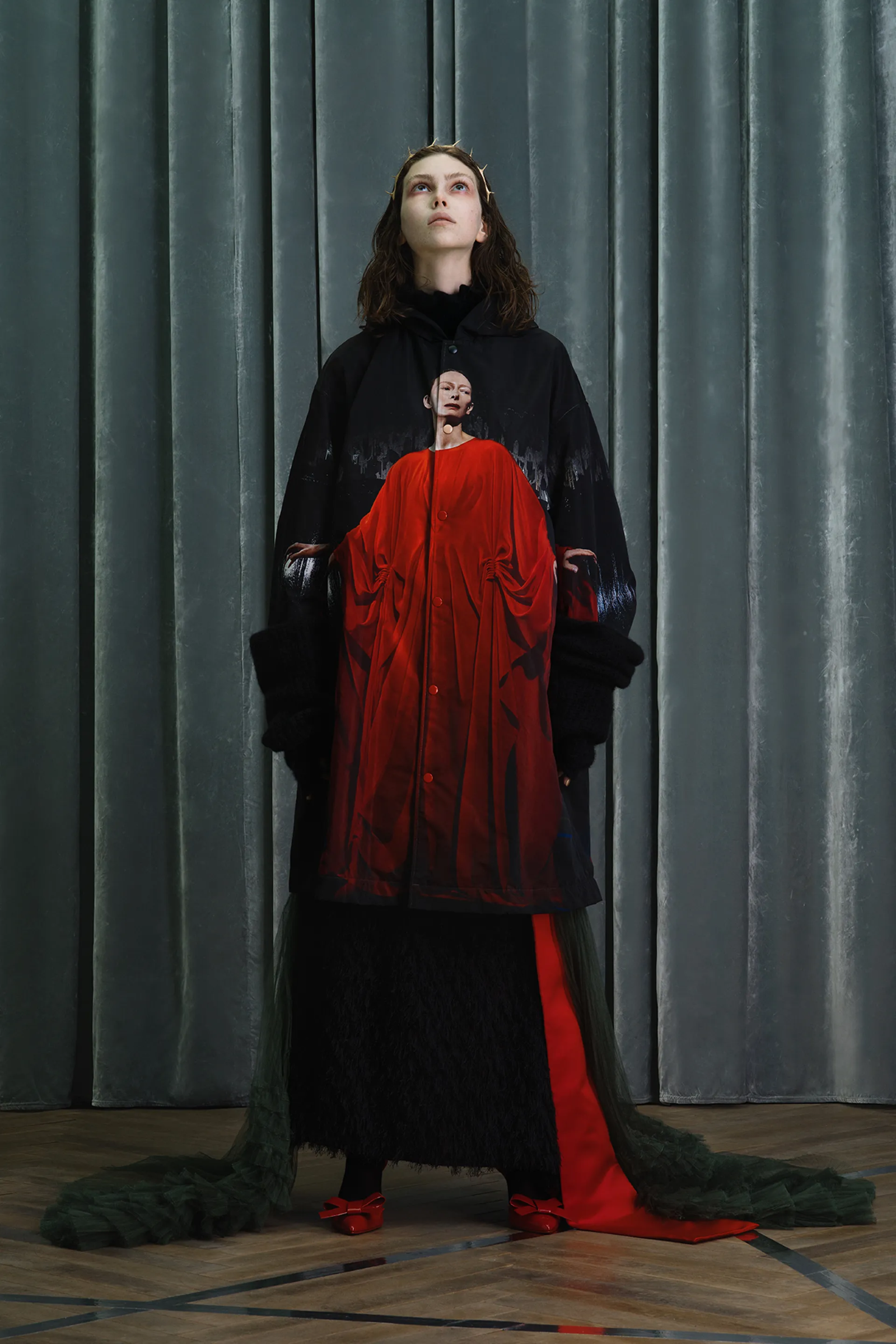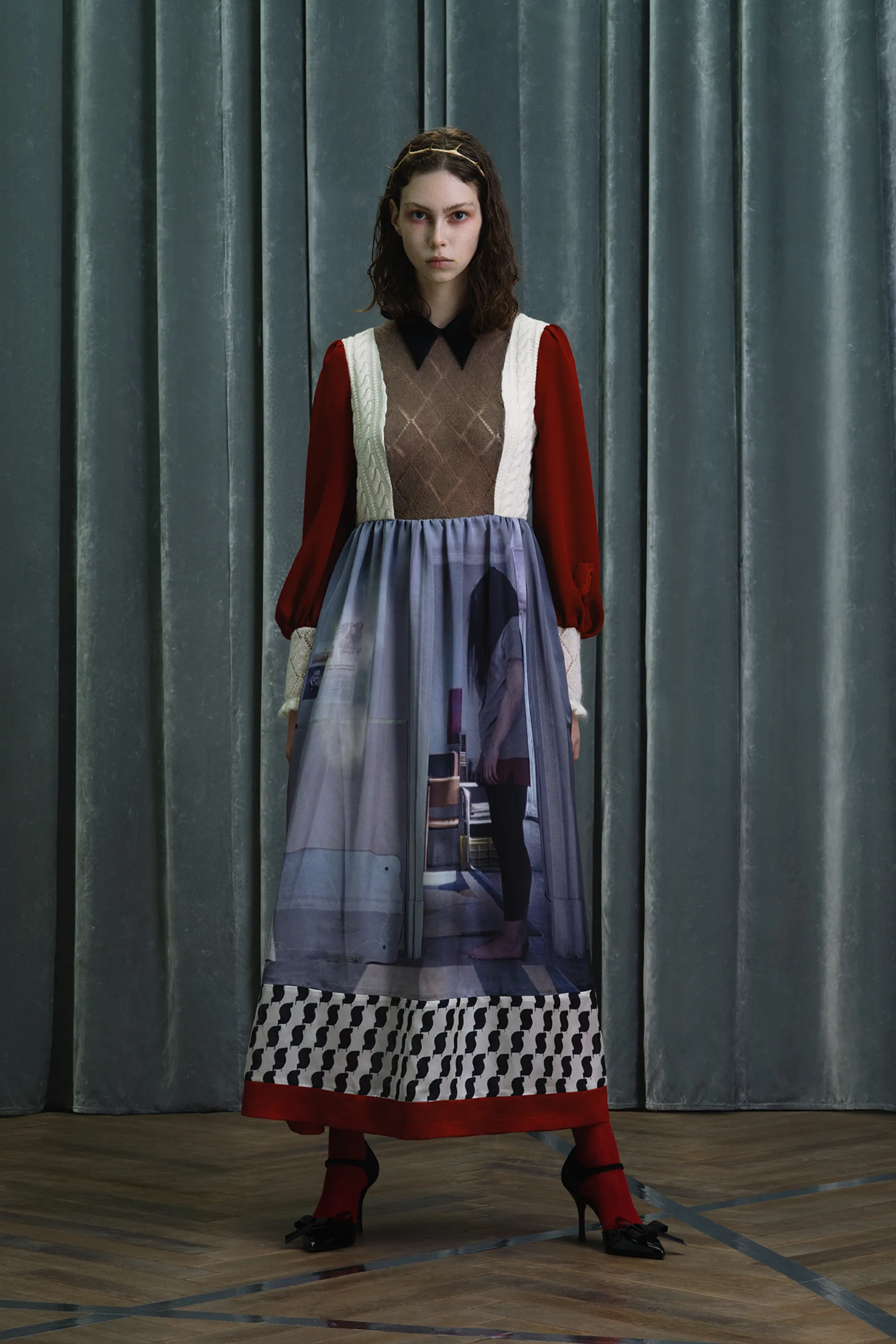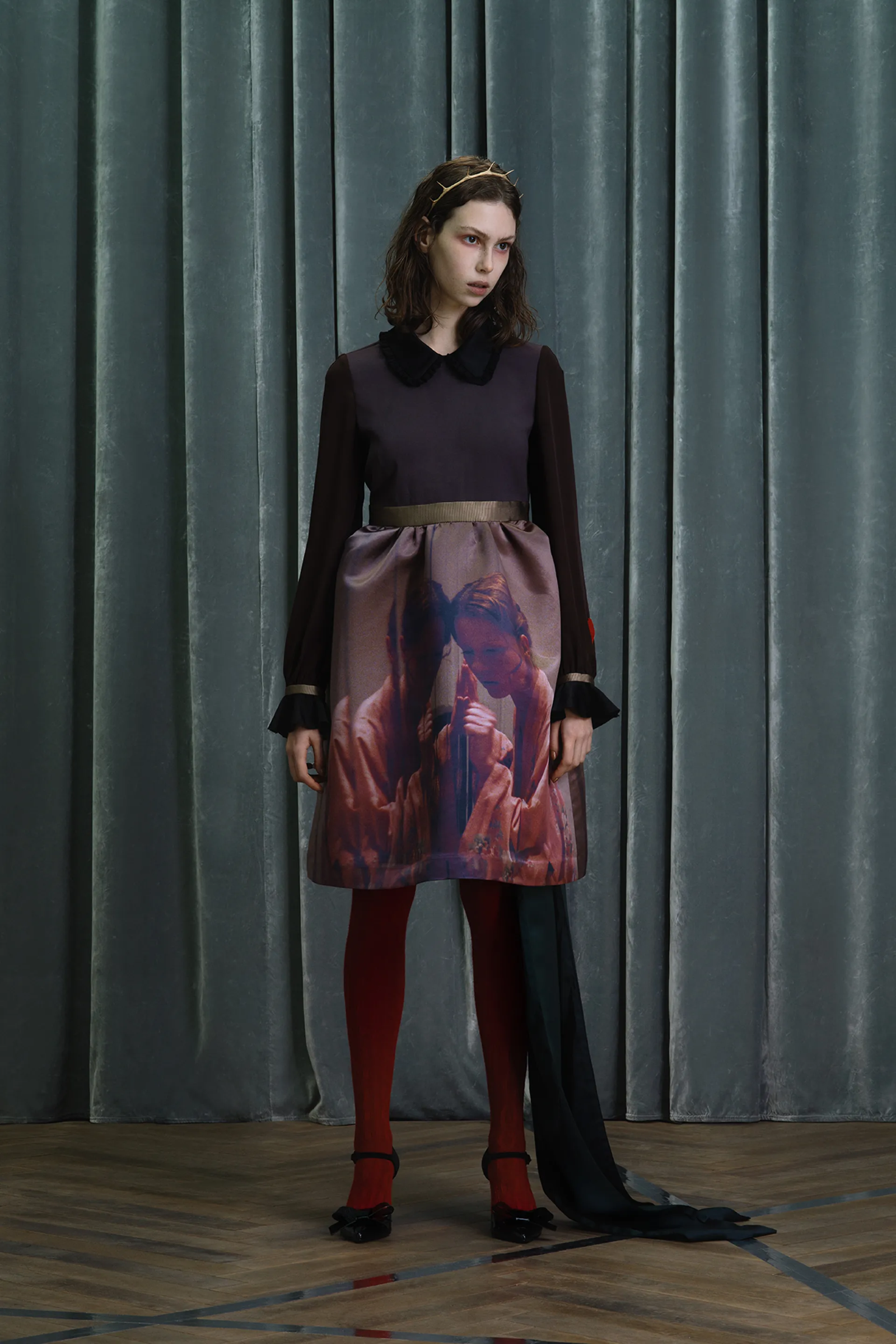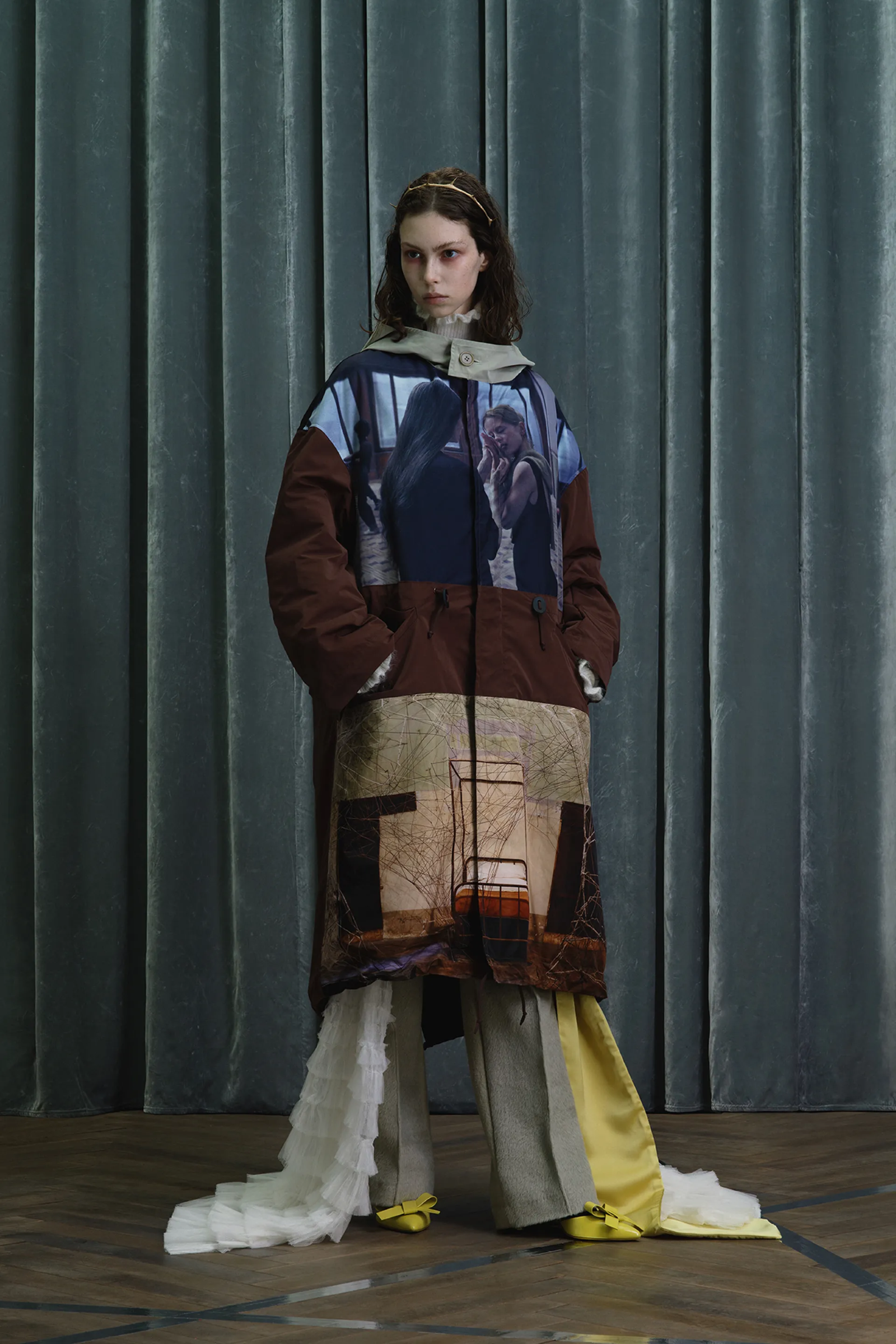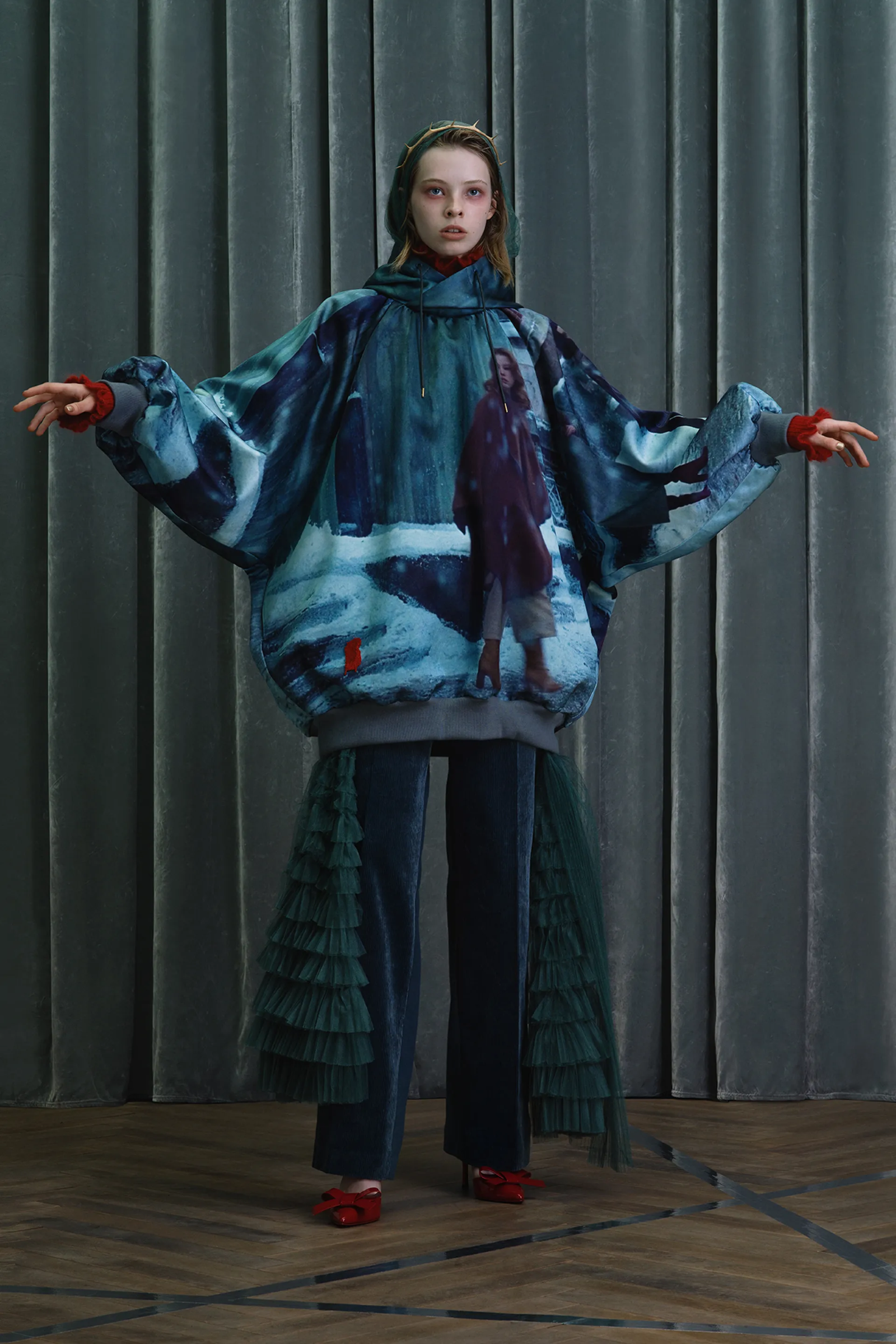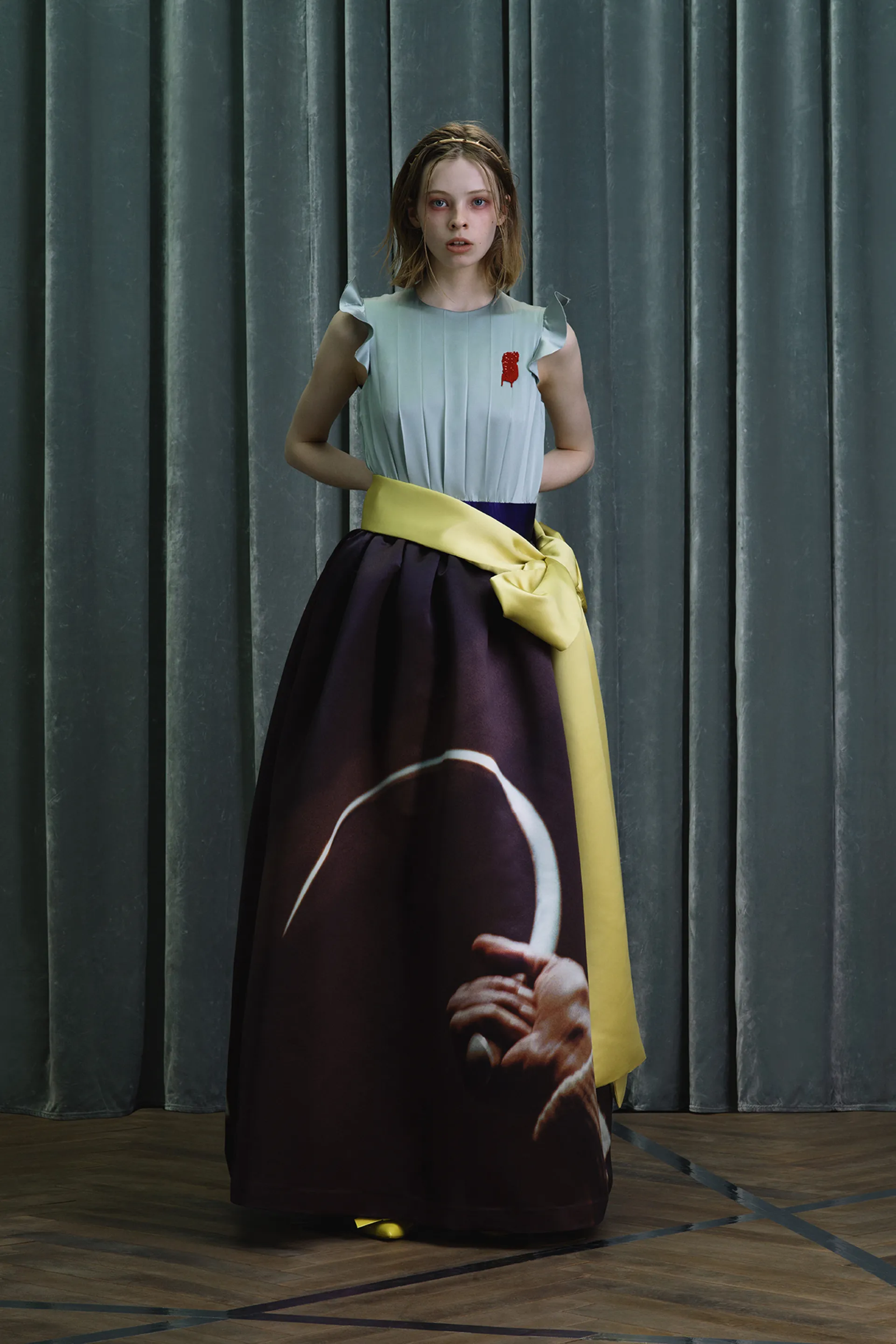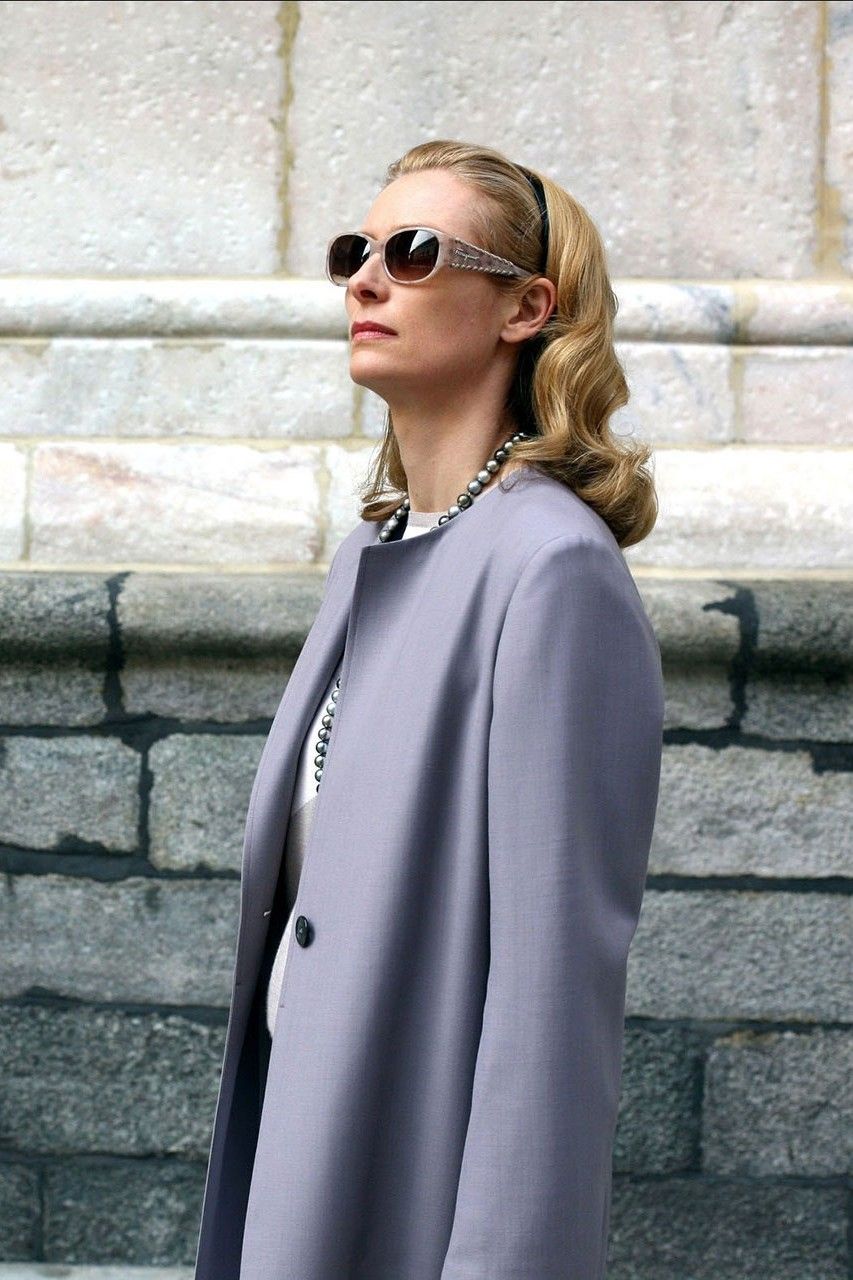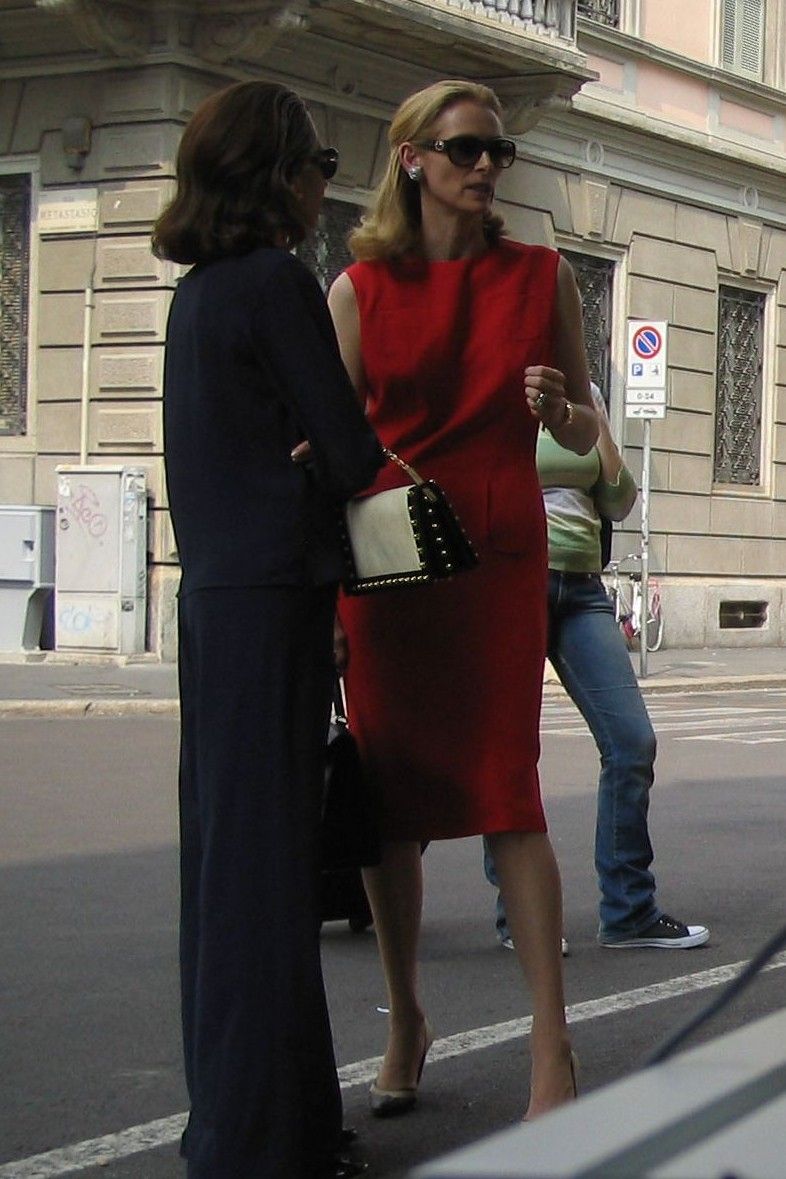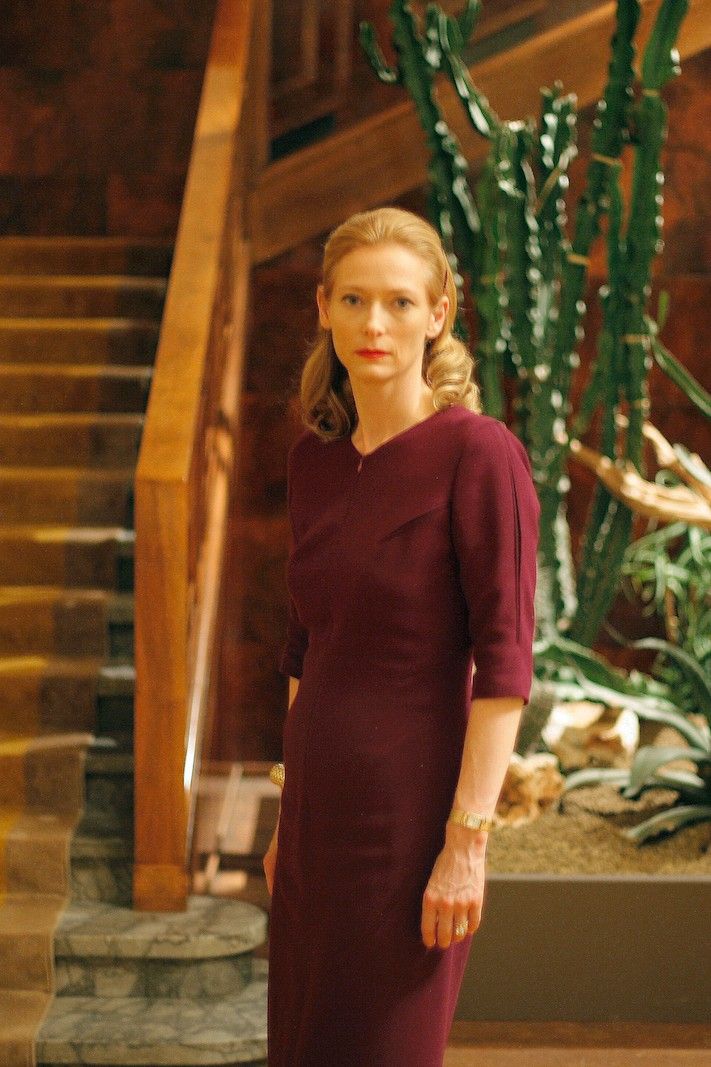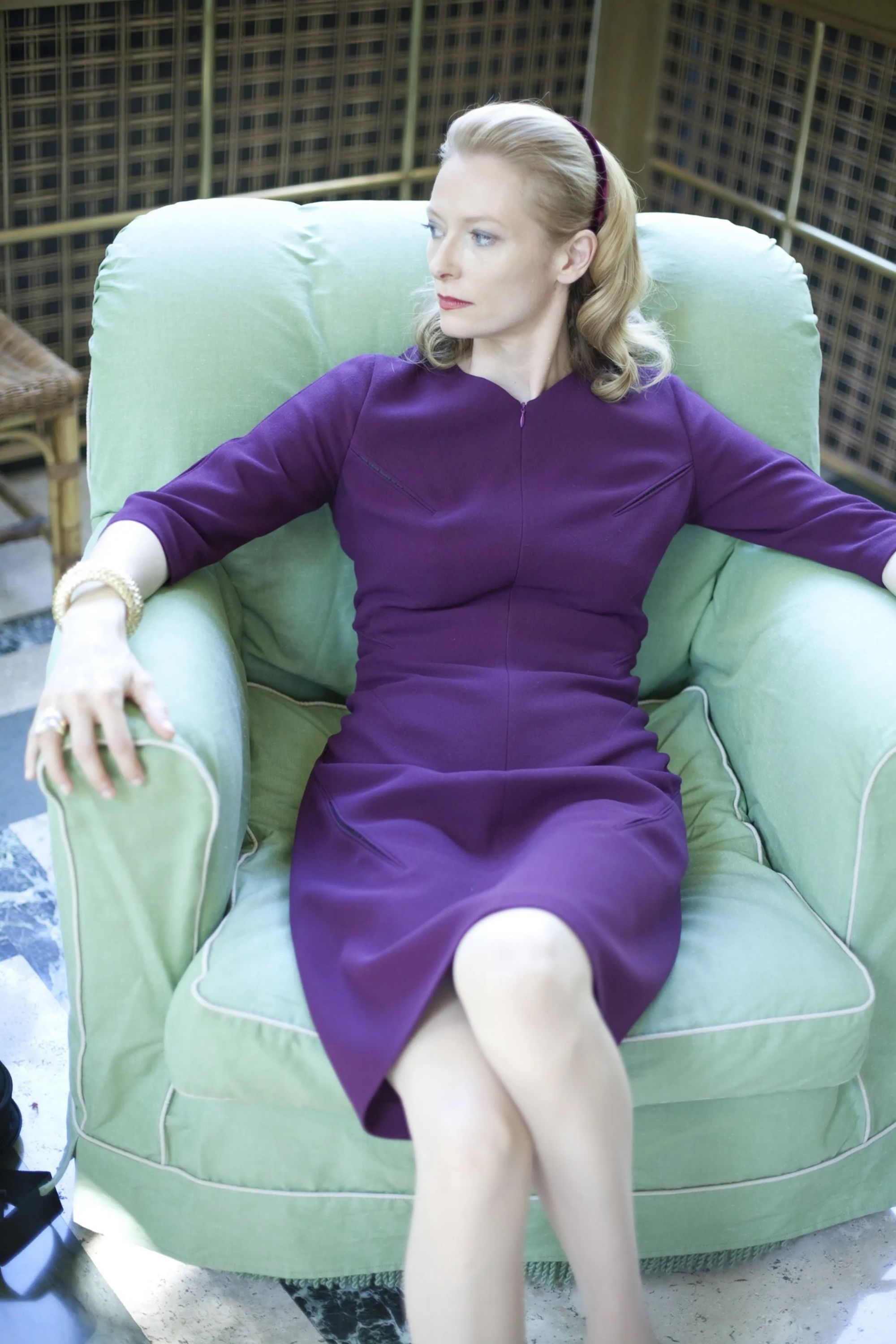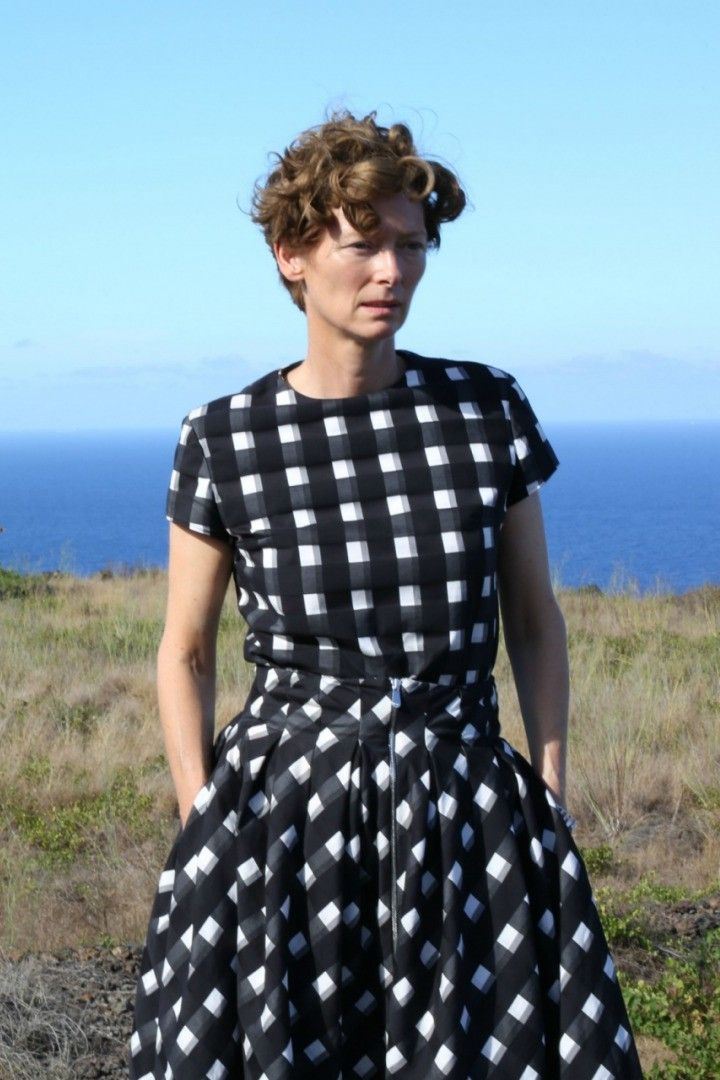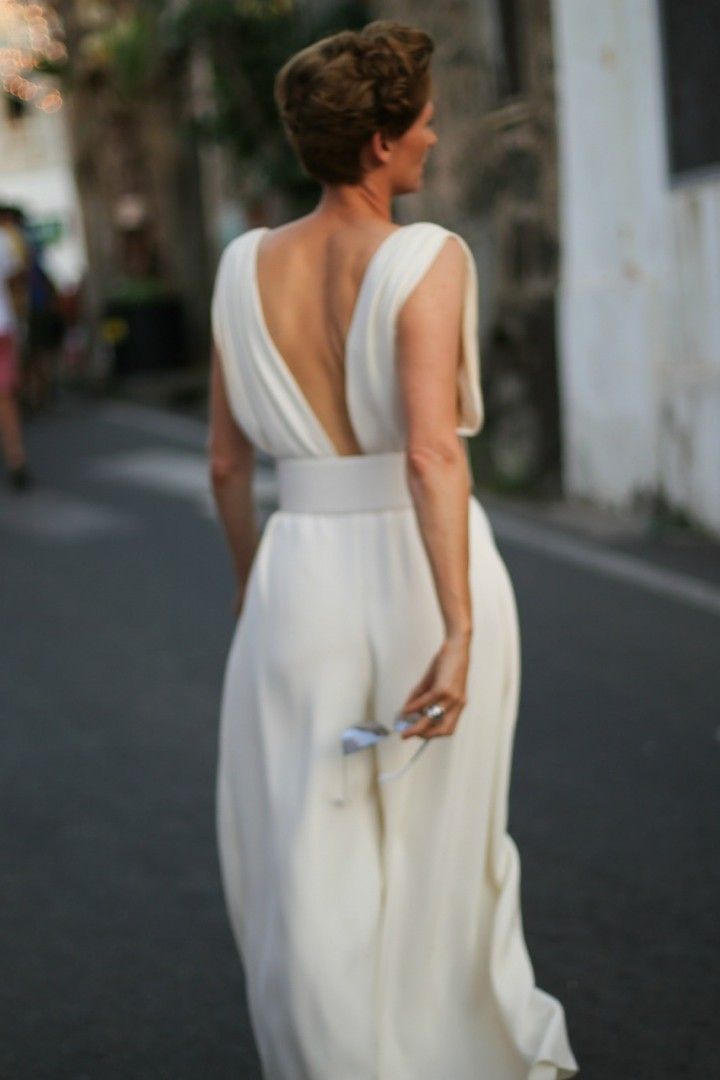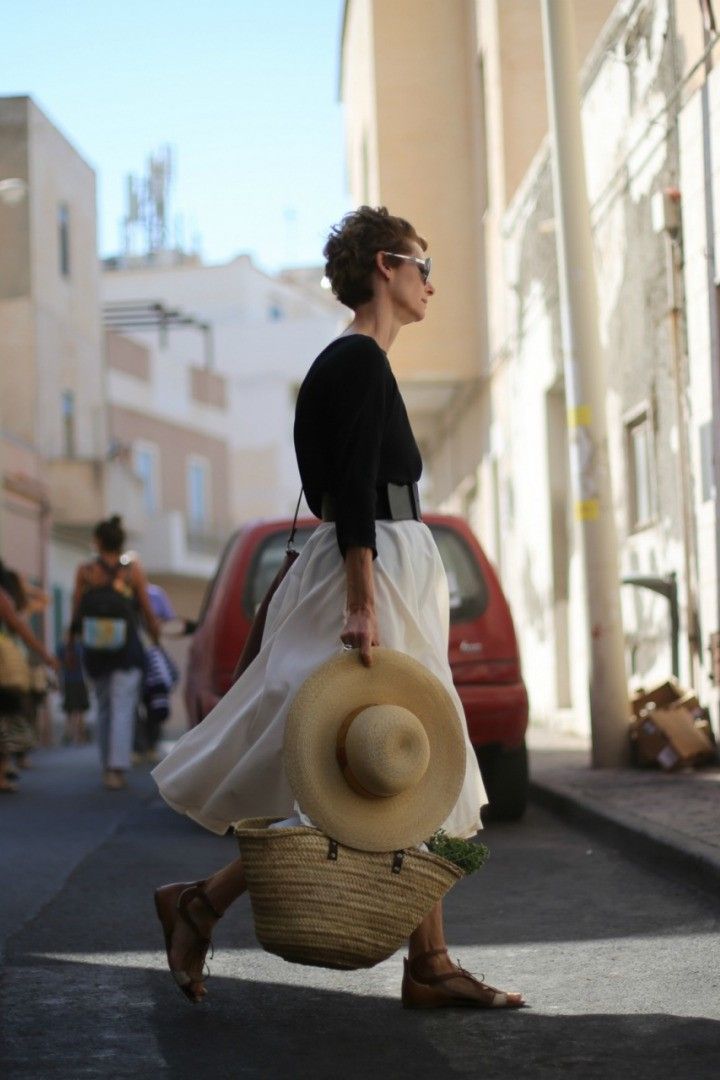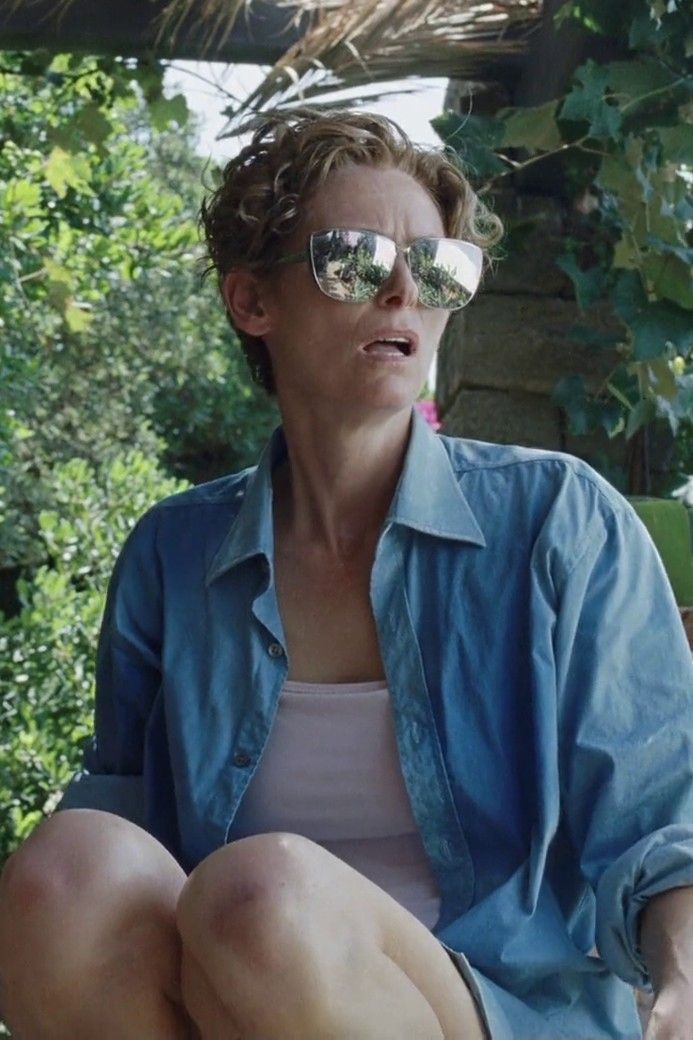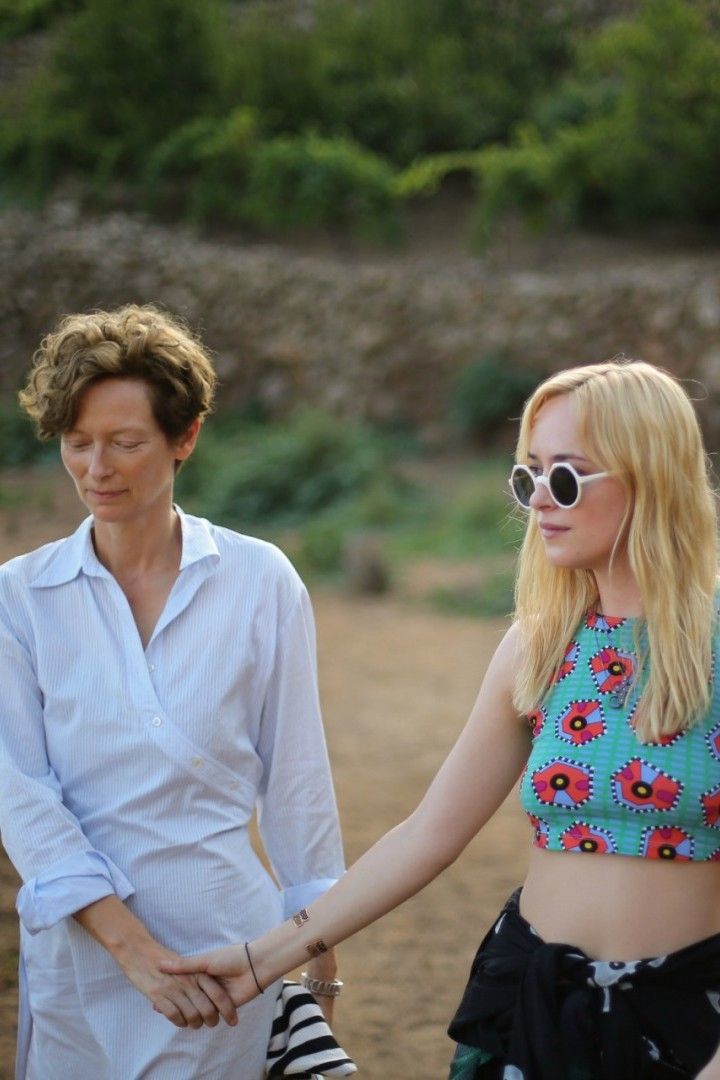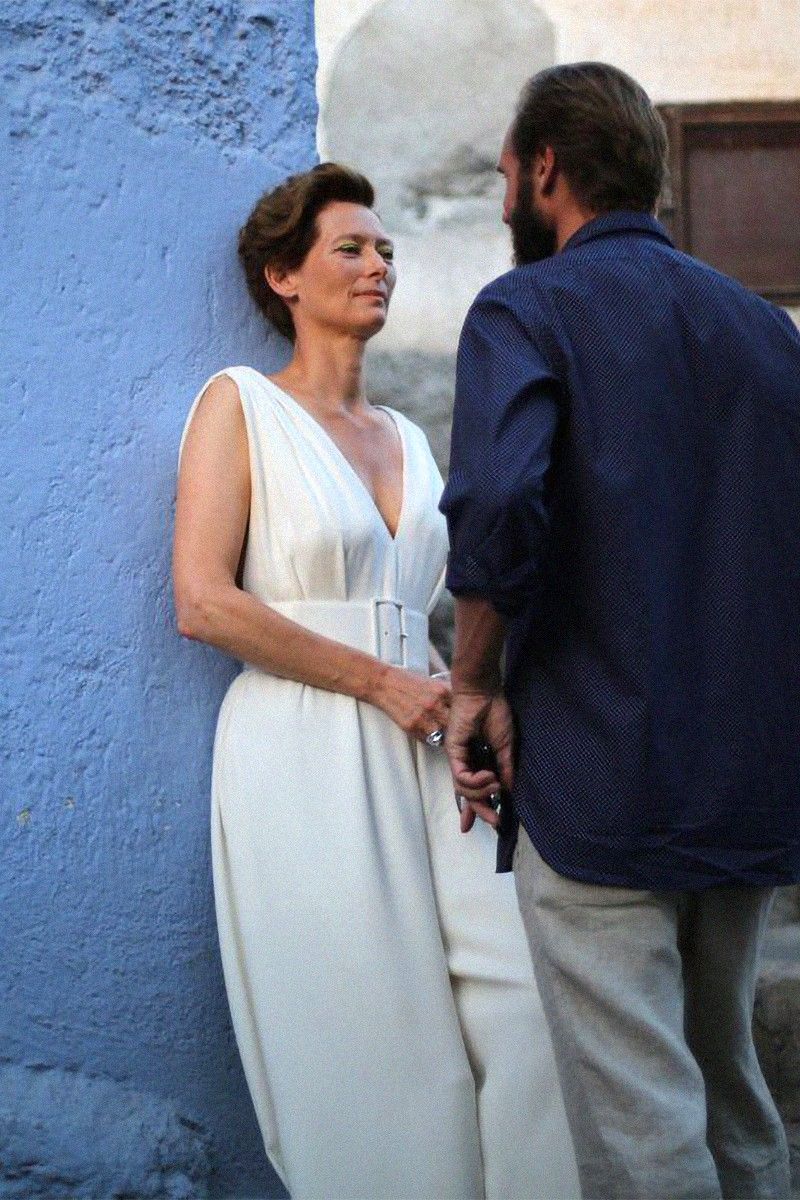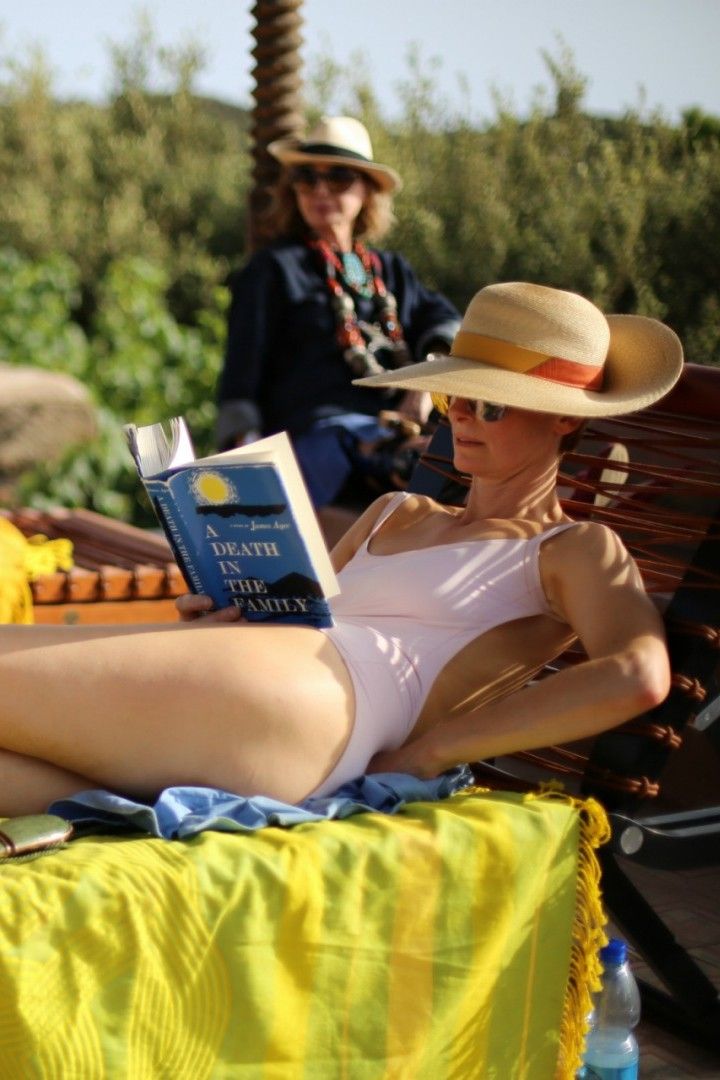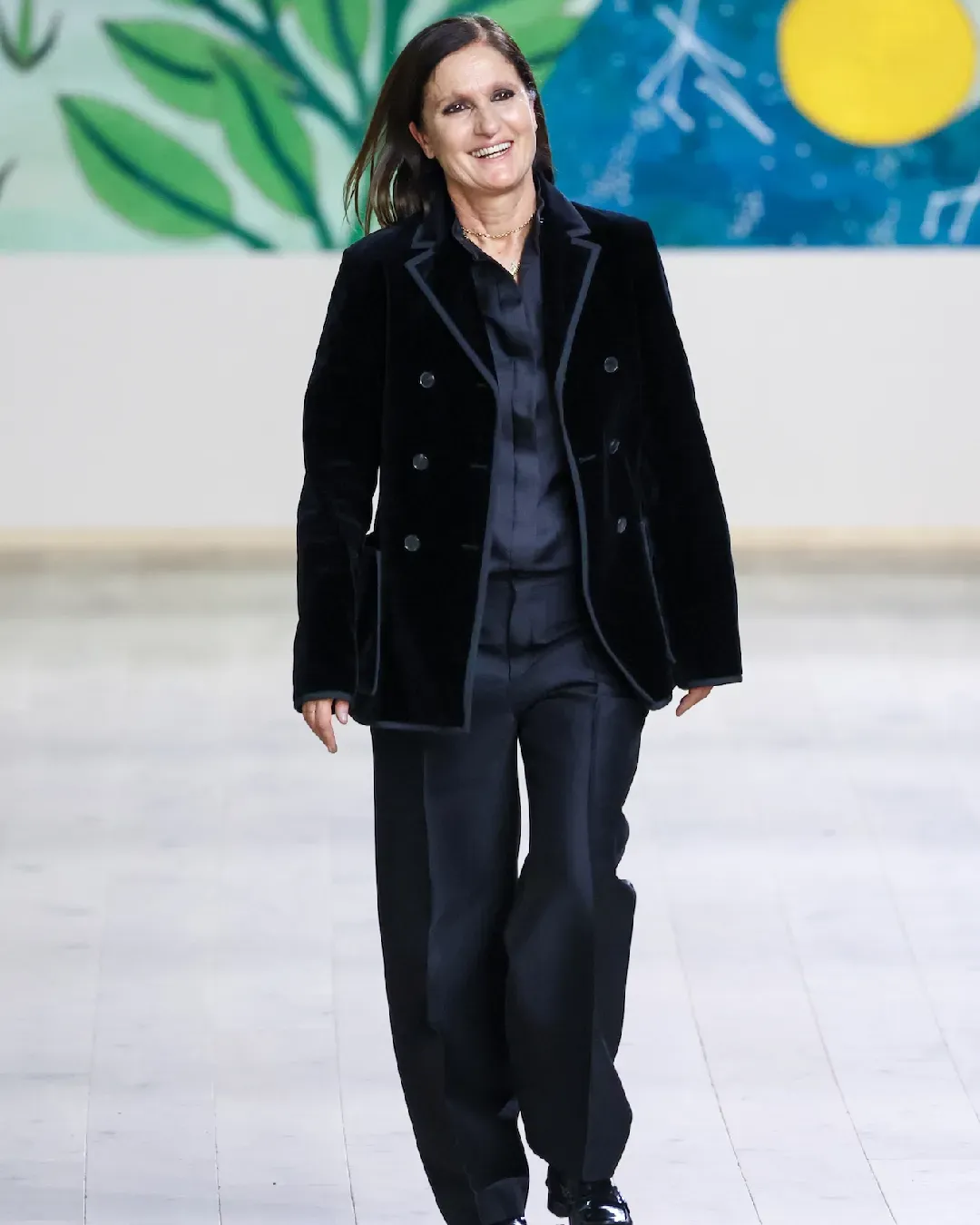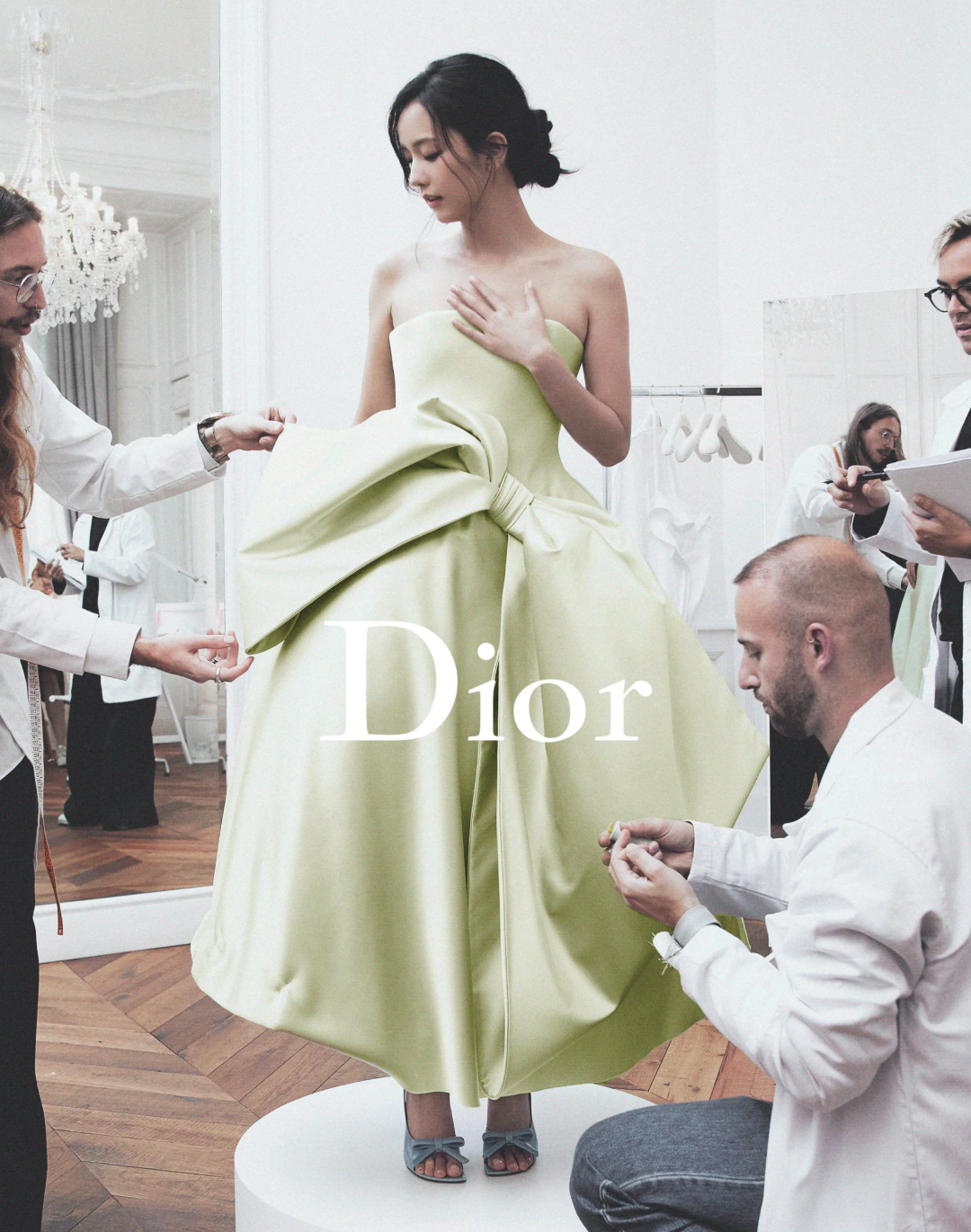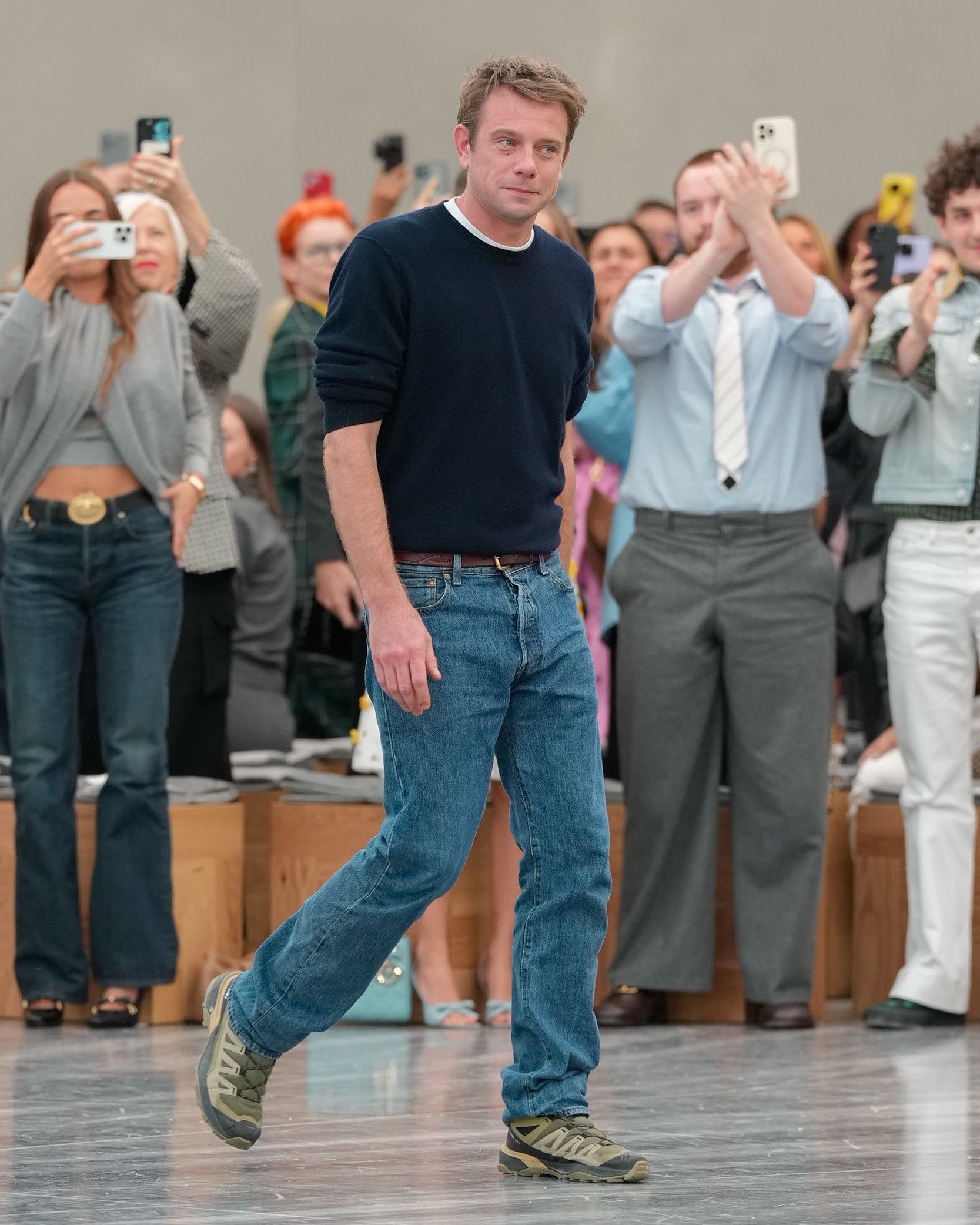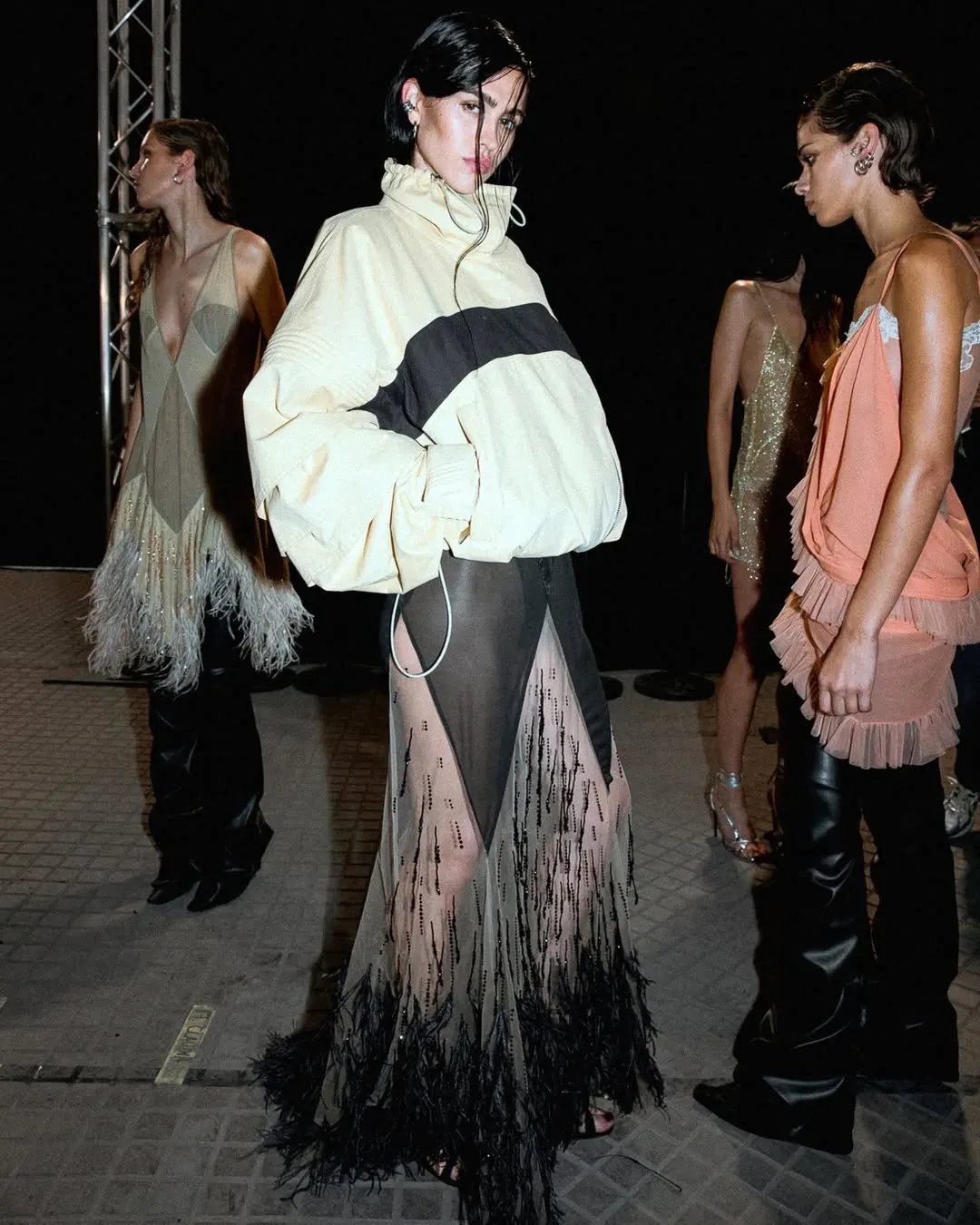
The relationship between cinema and fashion according to Luca Guadagnino From Raf Simons to JW Anderson
Luca Guadagnino has transitioned in recent years from a small independent director to a major producer of cultural phenomena. All his films become, to varying degrees, cult classics, thanks in part to a stylistic approach that deeply integrates storytelling and costumes. While Guadagnino has indirectly collaborated with the world of fashion for decades through his costume designers, his latest project, Challengers, starring Zendaya, has a much more direct connection: his costume designer is Jonathan Anderson himself. Anderson is also expected to oversee the costumes for the director's next film, Queer, starring Daniel Craig. The combination of popularity and influence from the Guadagnino-Zendaya-Anderson trio has already led the film's costumes to represent a distinct aesthetic, which we've dubbed "tenniscore," a term coined as Zendaya showcased tennis-inspired looks during the promotional tour. However, this relationship between director and fashion designer is not new for Guadagnino, who as early as 2005 lent his directorial eye to Silvia Venturini Fendi for the short film The First Sun, presenting Fendi's SS06 collection—a collaboration renewed in 2019 with Guadagnino creating a print used for the brand's SS20 collection. Guadagnino has also directed a series of artist video campaigns for Armani, Cartier, and Salvatore Ferragamo over the years, with his most significant contribution being the 2019 medium-length film The Staggering Girl in collaboration with Valentino, featuring stars such as Julianne Moore, Kyle MacLachlan, and Mia Goth.
But this is only the surface of the deep and sometimes complex connection between Guadagnino and his cinema with fashion. Certainly, his aesthetic perspective and romantic exploration of love within the cultured Italian upper class, as depicted in the Desire Trilogy (including I Am Love, A Bigger Splash, and the iconic Call Me by Your Name), have inevitably led him to engage with the aesthetic and sartorial languages of the haute bourgeoisie. This relationship began to deepen and become more significant with I Am Love in 2009, set in an aristocratic and elegant Milan, where the protagonist, Tilda Swinton, wears a series of extraordinary re-editions of the SS08 Jil Sander collection commissioned by costume designer Antonella Cannarozzi from Raf Simons, who was the creative director of the brand at the time. Alongside Damiani jewelry and pieces from the Fendi archive, Guadagnino and Cannarozzi portrayed the classic aesthetic of Milan's elite in such a minimalist and vibrant color palette as to abstract the figure from its time period.
Raf Simons collaborated with Guadagnino again in 2015 for A Bigger Splash, also starring Tilda Swinton but set in the spectacular backdrop of the Sicilian islands. Simons, by then creative director of Dior, designed the costumes for the film. The collaboration, orchestrated by costume designer Giulia Piersanti (former knitwear designer for Fendi and Balenciaga, among other roles), closely aligned with Simons's sensibilities: in the film, Swinton portrays a vacationing rock star in Pantelleria. There's a dual representation: publicly and on stage, the character is clearly inspired by David Bowie, a personal friend of the actress and an icon for Simons, while in her private life, her costumes are inspired by the bourgeois codes of the 1950s. These outfits themselves are a homage to Journey to Italy by Rossellini, starring Ingmar Bergman. "Whenever someone thinks fashion is superficial, I respectfully disagree," the director told Another Magazine. In this film, more so than the previous one, the costumes possess a Simons-esque vibe: futuristic glasses, oversized shirts, draped and knotted cotton dresses, tulip skirts, and multi-patterned caftans. In this film, Swinton's character, temporarily mute, communicates only through gestures and clothing—thus, unlike I Am Love, the film's costumes resonate in an entirely different manner.
Piersanti continued to collaborate with Guadagnino on his subsequent films, including Bones and All, which revisited a certain pre-grunge wardrobe (the film was set in the late 1980s, before the rise of grunge) featuring ripped jeans, Converse sneakers, and old clothes worn with time, and the miniseries We Are Who We Are. In Call Me by Your Name, the connection with fashion is much subtler: while faithfully reconstructing 1980s attire in Italy, Piersanti drew inspiration from old photo albums of the time and photos by Charles H. Traub, dressing Timothée Chalamet's character in numerous Lacoste polo shirts, popular in Italy at the time. For Armie Hammer's character, an American, she drew from the blueprint of style guides by Charles Hix, whose photos were taken by Bruce Weber. Things were different for We Are Who We Are, where fashion played a significant role in portraying the aesthetic taste of the new generations. The mini-series explores contemporary youth culture and especially issues of sexuality and gender, akin to what Euphoria represented for womenswear in the fashion realm. To depict this variety, Piersanti once again turned to Raf Simons, who contributed pieces from his archive but also introduced items from Japanese brands like Comme des Garçons, Yohji Yamamoto, Human Made, and Kapital, as well as pieces from Celine, Rick Owens, Vetements, and Saint Laurent, alongside streetwear brands like Noah, Aries, Stussy, and Cactus Plant Flea Market.
The relationship with fashion takes a different turn with Suspiria. The costumes for the film, set in Cold War Berlin, were created by Piersanti, drawing inspiration from the styles of Sibylle, a Soviet fashion magazine that the costume designer herself described as "the socialist Vogue," as well as the works of Christo for the dance scene costumes, and the drapery of Madame Grès. For the final scenes, they even included garments made with human hair. However, this time, the film inspired fashion, specifically Jun Takahashi, who for the Fall/Winter 2019 collection of Undercover, presented via a lookbook, screen-printed images from the film on many items, culminating in a coat replicating Tilda Swinton's entire figure in her enormous red dress. This was both intriguing and unusual because Takahashi, known for filling his collections with cinematic references, chose a contemporary film instead of a past one (typically, his references are dedicated to films by Kubrick, Akira Kurosawa, and more recently, even Nosferatu). For fans of Undercover, Suspiria's appearance in the collection could be interpreted as Takahashi's judgment on the film—suggesting that, like the others he referenced, Suspiria was already a classic. Certainly, the overall aesthetic of the film, though entirely disconnected from Takahashi's work, closely aligned with his aesthetic taste: distressing, the naivety of vintage clothing, the violent subversive charge of witchcraft symbolized by flashes of red, both on-screen and in the lookbook.
With Challengers, the approach to costumes was different: the level of realism in the film, the contemporaneity of its story, and the social dynamics it represented are much more relevant both to the audience's everyday experience and to what the audience sees of celebrities. In a historical moment where athletes are the new celebrities and the preferred ambassadors of many luxury brands, the film adeptly portrays, especially through Zendaya's character's stylistic and human journey, the transition from a normcore-adolescent wardrobe to the power dressing of a celebrity, also reflecting the personalities and social backgrounds of other characters through a realistic lens that describes, for example, the modern trend of sponsorship and personal promotion. But bigger and greater things are expected from the second collaboration that Guadagnino has signed with Anderson (also due to the higher budgets the director can gather), which concerns Queer, a film both have described as one of the most significant projects of their careers.










































